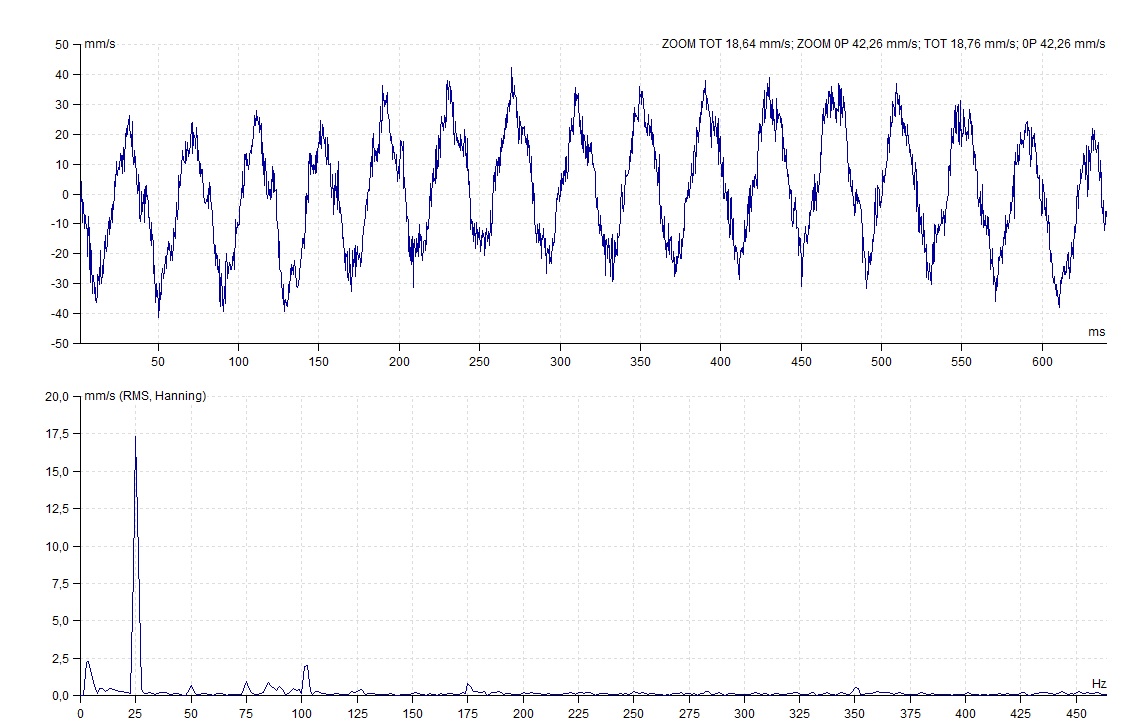Imbalance
Vibrations caused by rotor unbalance are likely the most common machinery fault. Fortunately, they are also very easy to detect and correct. The International Organization for Standardization (ISO) defines unbalance as: “A condition which exists in a rotor when its center of mass does not coincide with its center of rotation, thus causing a centrifugal force.” It can also be defined as: “An uneven distribution of mass around the rotating center axis of the rotor.”
There are three types of unbalance that can be encountered in machines:
1. Static unbalance
2. Couple unbalance
3. Dynamic unbalance
4. Imbalance – Overhung rotor.
The usual (theoretical in the figure) spectrum for unbalance:
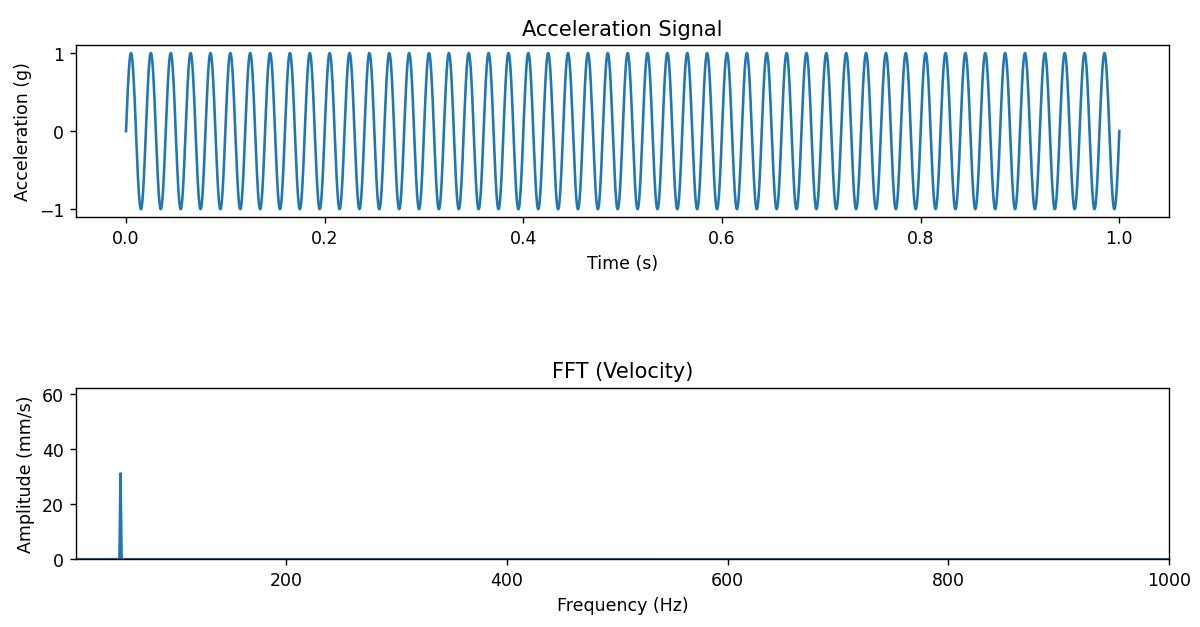
Static imbalance
For all types of unbalance, the Fast Fourier Transform (FFT) spectrum will show a predominant 1X frequency, which corresponds to the rotational speed of the rotor in the radial direction. The vibration amplitude at 1X will vary proportionally to the square of the rotational speed. This frequency is always present and typically dominates the vibration spectrum in an unbalanced machine.
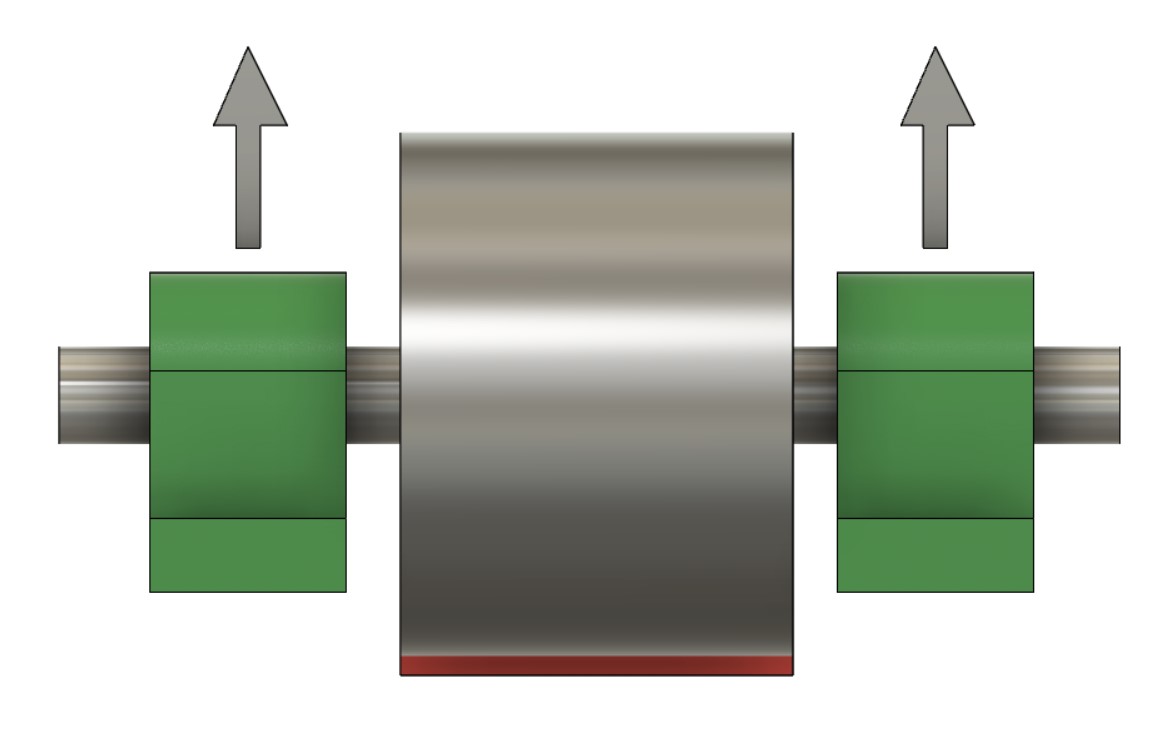
Couple imbalance
In couple unbalance, the FFT spectrum displays only a single 1X rotational frequency. The amplitude at 1X varies proportionally to the square of the rotational speed. This fault can cause high axial and radial vibrations. Couple unbalance tends to be phase-shifted by 180° on the same shaft. Note that there is almost a 180° phase difference between the two bearings in the radial directions.
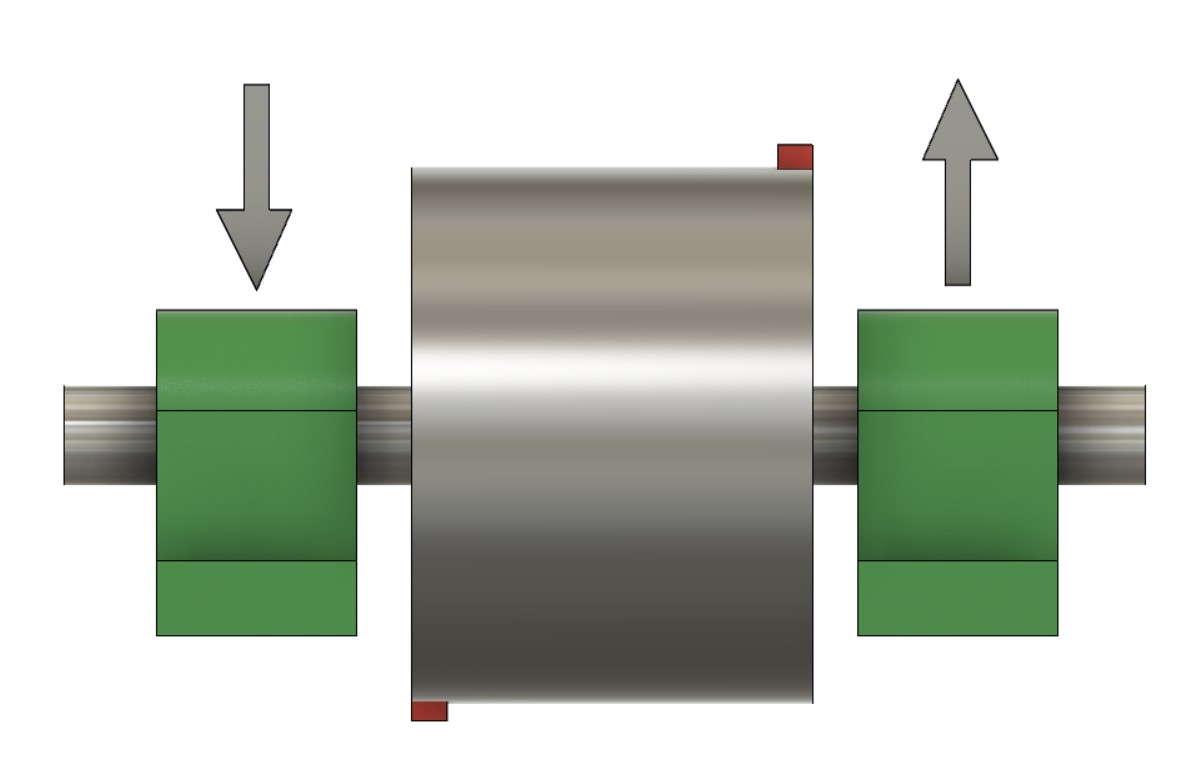
Dynamic imbalance
Dynamic unbalance is the most common type of unbalance and is a combination of static and couple unbalance. It occurs when the principal axis of inertia and the axis of rotation are inclined. This unbalance can be visualized as two different masses placed arbitrarily on the rotor. The FFT spectrum displays a single 1X rotational frequency, and the amplitude at 1X varies proportionally to the square of the rotational speed. This fault can cause high axial and radial vibrations. Dynamic unbalance results in different phases on the same shaft.

Imbalance – overhanging rotor
The axial phase on the two bearings will appear to be in phase, while the radial phase tends to be unstable. A special case of dynamic unbalance can be found in loosely mounted rotors. Dynamic unbalance in loose rotors causes high levels of 1X in the radial and axial directions due to shaft bending causing axial movement.
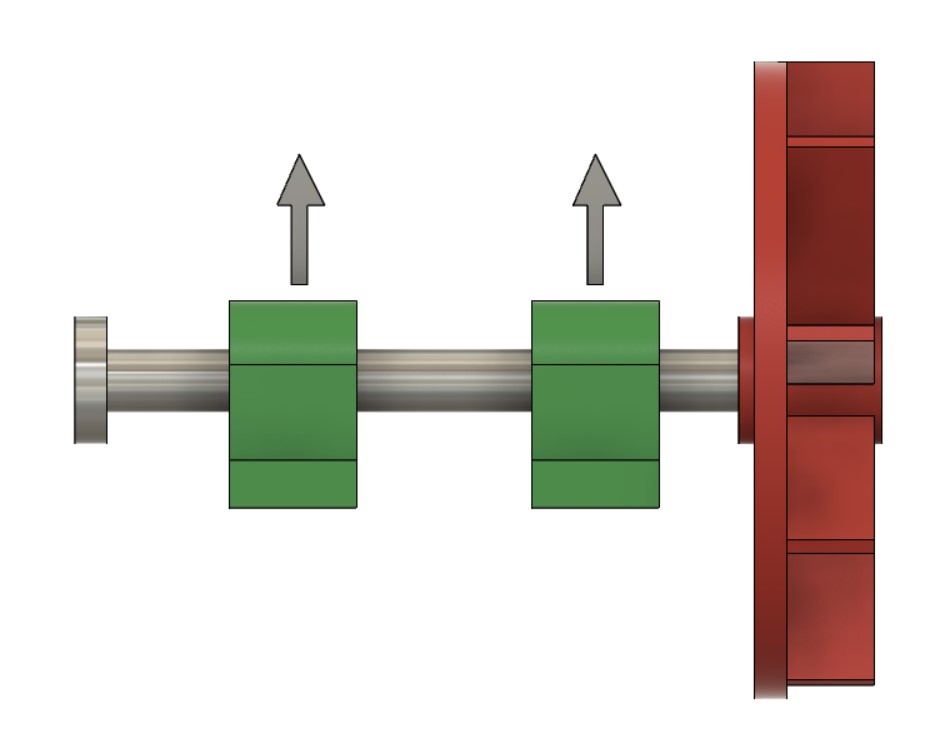
Real time domain and FFT spectrum of imbalance:
